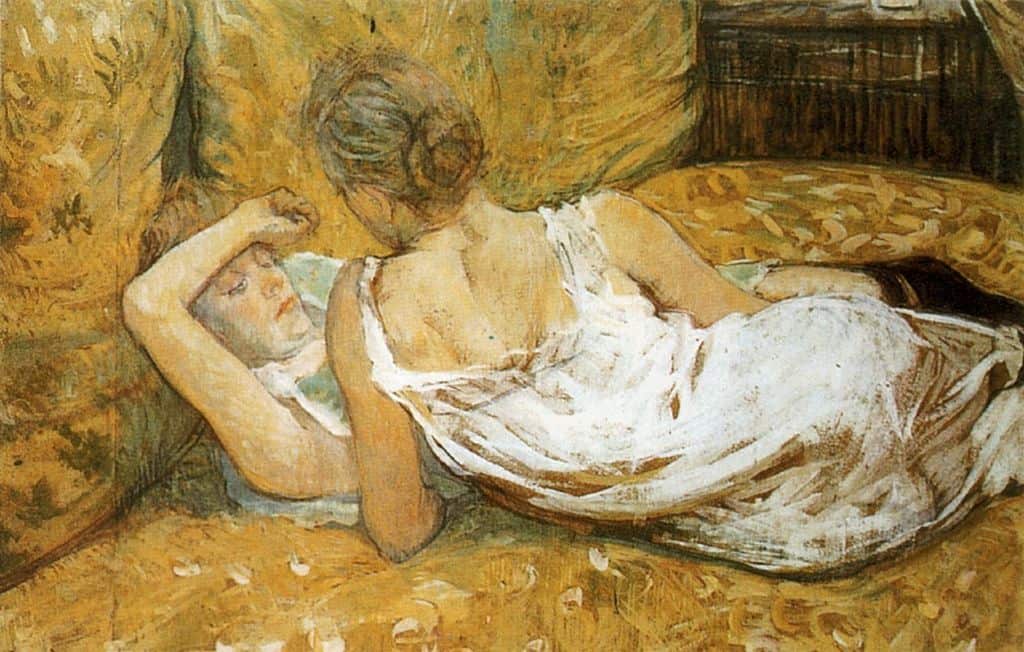It has been called the oldest profession – which it isn’t since the practice of midwifery certainly preceded it – and throughout the history of humanity it has been practiced, in one form or another, virtually everywhere in the world. Prostitutes are called by a wide variety of names, including whores, hookers, call girls, streetwalkers, harlots, and more recently the ambiguous sex workers. Prostitution is discussed in the Bible, in both the Old and New Testaments. The Arab slave trade of antiquity included sexual slaves sold as concubines. The Mayan and Aztec cultures of Mesoamerica practiced homosexual prostitution and pedophilia, drawing the wrath of the Catholic conquistadores, who punished them with the tried and true method of burning its practitioners at the stake.
It is legal in some places, illegal in others, and for the most part in western culture looked down upon by the high minded. Yet western armies throughout history have employed prostitutes for the “comfort” of their soldiers. While it is a myth that the term hooker came from the tolerance of US Civil War General Joseph Hooker, his army and all Civil War armies allowed and even encouraged traveling brothels which followed the Army’s movements. Throughout history, various governments have regulated prostitution, profiting from the practice, while others have fought a futile battle to eliminate it.

Here are ten things you may not know about the history of prostitution.

The term hooker did not originate in the Civil War
According to a long-standing American myth, the word hooker was derived from the phrase “Hooker’s girls” used by soldiers in the Army of the Potomac to describe the camp followers which were part of that Army’s logistics train. There were indeed several traveling bordellos which accompanied the Army of the Potomac to its many camps. As a matter of fact prostitution across the Union exploded during the Civil War, and not just from following the contending armies. There were over 450 known brothels in Washington DC. Nashville Tennessee boasted over 1500 prostitutes, so angering the Union military governor that he rounded them up and shipped them to Louisville, and later Cincinnati. They were quickly replaced.
There were a larger than usual number of women camp followers surrounding Hooker’s commands, which at different times were a division, a corps, and the Army of the Potomac. Hooker was ambivalent regarding them, which stood out in comparison to other Union commanders. Most of the Union generals were concerned that the unregulated presence of prostitutes was creating widespread venereal disease among their men. There is ample anecdotal evidence that General Hooker had one or two favorites among the women, and that may be the source for the reference to “Hooker’s girls” but the use of the word hooker to describe a prostitute started nearly thirty years earlier.
Corlears Hook is today part of the Lower East Side of Manhattan. During the American Revolutionary War the area, which was separated from the main city of New York by geographical barriers, developed into a settlement populated largely by undesirable elements from the city. It continued to grow following the war, supported by ferry services and a developing ship and boat building industry. It held a reputation for being a lawless and somewhat dangerous area, isolated at the time from New York City and its constables. By 1816 it was in essence a working slum, with little law, less order, and common violence.
By the 1820s the area of Corlears Hook crawled with off-duty sailors and streetwalkers. Sailors on ships arriving in New York and Brooklyn often resorted to the area of Corlears Hook. New York’s newspapers reported on both the crime in the area and the large number of streetwalkers which worked openly in the area every night. Editorials discussed the “lewd and abandoned” of both sexes which were openly engaged in the sex trade there. Sailors and other customers soon began referring the area as “the Hook” and the women plying their trade as “hookers”.
Several New York and New Jersey regiments were part of Joseph Hooker’s commands during the Civil War, and most of them were familiar with the use of the term to describe prostitutes. They referred to the hookers based on New York slang, and the coincidence of the term being the same as their commander’s last name led to the reference of the General as the source of the term. Being soldiers, they undoubtedly used the term disparagingly in reference to both the women and their commanding officer.

